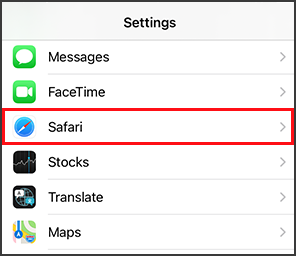 A Space to Share Memories
A Space to Share Memories
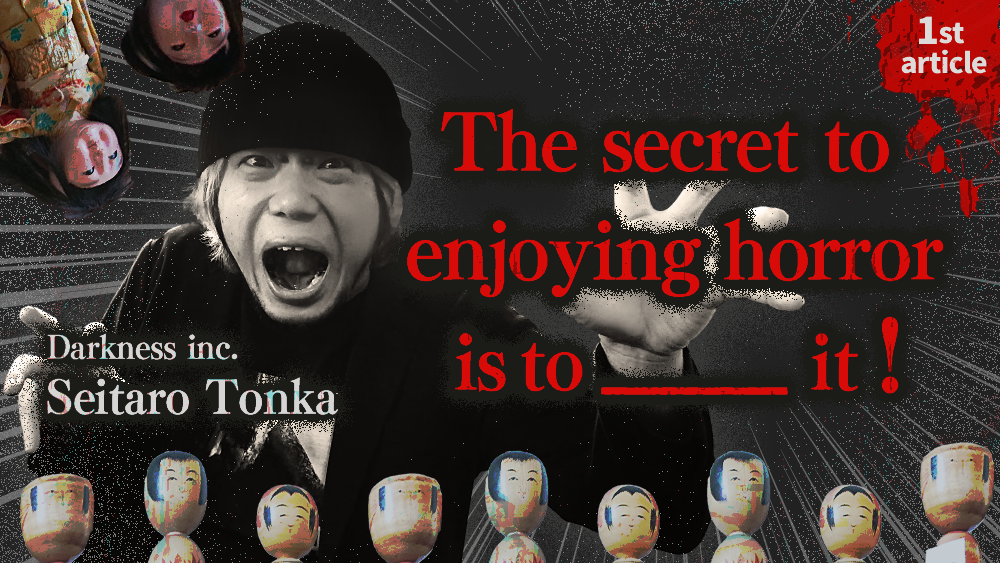
How to Horror: Learning About―and Learning to Love―the Terror (1st article)
Let's get right into it. What first comes to mind when you think of Resident Evil?
Of course lots of things stand out, like its thrilling story and colorful cast of characters and creatures. But I'm sure for all of us the actual answer is: the horror!
That's why for today's article, I interviewed Seitaro Tonka over at Darkness inc. about how to horror!
Before speaking to him, I checked out the company's homepage,* but it scared me more than Nemesis... I even considered getting someone else to do the interview! [laughs]
But I thought, if I can survive the Village, I can survive this! And Mr. Tonka and I had an eye-opening conversation.
This is a must-read for both horror and non-horror fans alike!
(*The link to the page can be found at the bottom of this article. Be sure to use headphones for a more immersive experience!)
─── Thanks so much for being here. Could you tell me a little bit about what your company does?
Tonka:
Well, if there's one thing we are, it's horror specialists. To put it simply, we do haunted houses. However, we actually do much more than that: we've branched out into VR horror experiences and events, as well as horror games.
And we even marry horror elements with experiences that typically have nothing to do with them, like part-time resort work and hair-removal services. Horror is great for creating buzz, and where better than the internet?
In terms of VR-based events, we have, for example, created experiences where people can terrify themselves from the comfort of their own home, or view videos in VR then tour a haunted house. We've also preserved real-life haunted houses by converting them into a VR experience.
Through projectors, 3D sound, and other technological advancements, we can create new forms of entertainment by adding horror-based interactability to hotels, movie theaters, theme parks, and more.
Conversely, we know what makes the scary unscary. In the past we've broken down scenes/events―removed what makes them scary―in order to figure out how to maximize the horror.
So to answer your question more simply, we do anything and everything horror!
───
Wow, I wish we had more time to go over all of that in greater detail!
Did you get into horror because you've always been a fan?
Tonka:
Honestly, I'm a bit of a wuss! [laughs] But that doesn't mean I hate horror. In fact, I enjoy horror because it scares me!
Feeling scared causes a strong physiological response, which I feel makes the experience more visceral.
That's why our company's philosophy is this: horror is not to scare, but to entertain.
While other forms of entertainment offer laughs and moving experiences to people around the world, we offer unforgettable products and experiences that terrify.
───
Horror as entertainment: I LOVE it!
We've mentioned "horror" a lot, but what exactly does that mean to you?
Tonka: Well, in my opinion, one of the key elements to horror is structure. Horror can be divided into two categories: physiological and cultural.
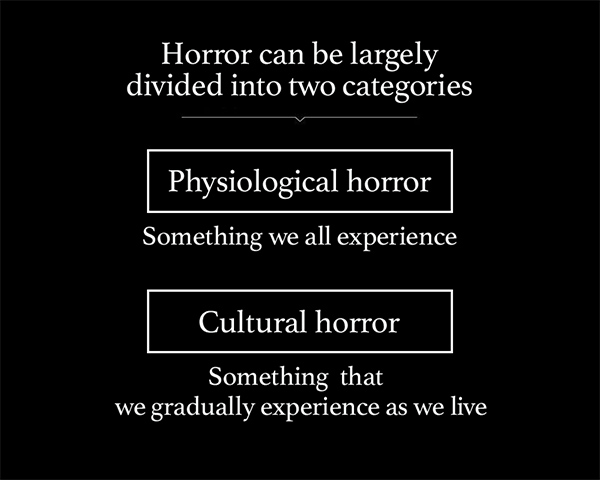
(Source) Prepared by Capcom based on documents from Darkness inc.
Physiological horror is something we all experience, whether it be jerking our bodies at a jump scare, or tensing up when in high or tight spaces. It's instinct. Haunted houses are the playgrounds for that stuff.

(Source) Prepared by Capcom based on documents from Darkness inc.
On the other hand, cultural horror is something that we gradually experience as we age. It's borne out of our formative and religious experiences, as well as stories we share, and the like.

(Source) Prepared by Capcom based on documents from Darkness inc.
To break it down further, when it comes to formative experiences, it's more frightening to have horror scenes occur in places we strongly associate with our younger years. Young people today aren't familiar with more traditional things like zashiki (sitting rooms) and doma (dirt floors). However, they know apartment complexes. So setting scenes there takes the familiar and transforms it into the terrifying.
hen we have religious fear, which plays into our views of life and death. It's cultivated within us from a young age. So crafting horror elements around that fear affects people deeply.
As for story-based fear, if I were to ask people which is scarier, SD cards or video tapes, I'm sure almost everyone would say the latter. That's most likely because horror stories continue to incorporate them, and as a result videotapes remain iconic and terrifying.
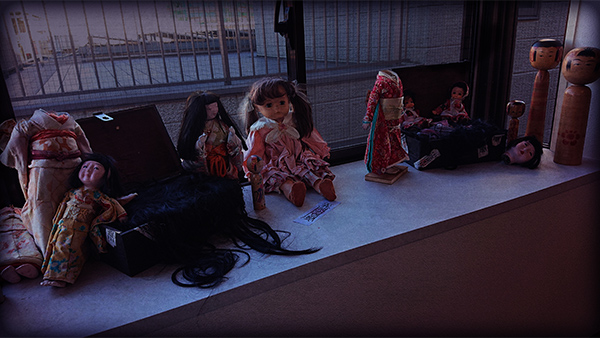
Dolls found in the Darkness inc. office. If you grew up in Japan, then you know how creepy these things are...
We also can't forget that while physiological fear is universal, cultural fear naturally differs from country to country. That means you need to play with different elements to strike the right balance for the audience. Some might think jump scares are the only way to go, but in fact you need to balance the types of fear for the optimal horror experience.
As I mentioned before about story-based fear, the fear is always triggered by something, and I'm sure for a lot of people that was Resident Evil.
When they see mansions now, they think, "That's SO Resident Evil!"
───
It really is an honor to hear how the series has played an important cultural role in horror!
What sorts of things do you take into consideration when crafting horror?
Tonka:
While I didn't come up with the concept, I subscribe to the idea that horror is something that needs to be cultivated, built up. For example, when surveying visitors of haunted houses, we found out the less time they waited before entering, the less satisified they were with the experience.
That means people actually need a bit of time to let the tension grow.
Fear slowly settles in and crescendos into full-blown dread, which translates to satisfaction. Many Resident Evil scenes do this very well.
Bombarding people with scares is boring. You need an ebb and flow in order to create the best horror experience.
───
In summary, horror varies greatly depending on how you tweak and balance its various elements.
You mentioned a little about satisfaction before, but what else is required to create an enjoyable experience for those you're trying to scare?
Tonka:
When you look at surveys like the one I mentioned earlier, you'll notice that the amount someone screams is directly related to their enjoyment. That's why it's important to include scream-inducing elements like jump scares where you can.
If you asked me who visits haunted houses the most, I'd have to say women. I'm sure there are all sorts of reasons why that's the case, but one is that women have the right mindset for scares, I think. Maybe many men don't like being scared because they think it makes them look less cool or tough, whereas women don't worry about that and can just enjoy themselves.

A dresser in the Darkness inc. office. Um, is that human hair I see...?
Interestingly, I think we're starting to see that change.
Recently, more and more YouTubers and Vtubers are watching and streaming horror games on their channels. When younger generations watch these people and see them having fun, they can see how to enjoy the horror.
I think we're heading in a direction where more people can enjoy horror for what it really is. And for those of us who want it to be fun and entertaining, it's great to see more people scared, but smiling.
─── Speaking of enjoying horror, what about those who don't? How can they learn to enjoy it?
Tonka: Oh, that's an easy one. They should check out YouTubers and Vtubers who stream horror content! Through those streams, they'll see that despite the occasional over-the-top reaction and forced scream, the streamers are actually enjoying themselves. And with haunted houses, you can see that screaming as you make your way through is part of the fun. Basically, screaming is a way of releasing your fear―where's the fun in bottling it up?
And that's all for this part! In the next article, the conversation with Mr. Tonka will focus more on the Resident Evil series! Don't miss it!
Seitaro Tonka
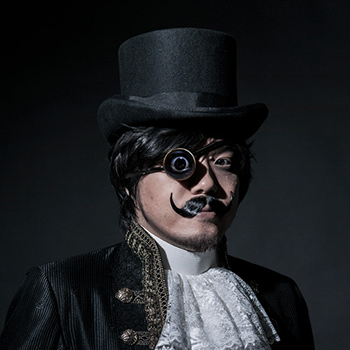
Darkness inc. https://death.co.jp/ Seitaro Tonka was born in Hyogo in 1981, and originally worked as a graphic designer. In 2015, ready to turn his passion for horror into a career, he founded Darkness inc. There, he continues to marry horror with technology, spearheading horror events and promotions, offering horror tech services, and crafting new, frightening experiences.
CONTENTS
-
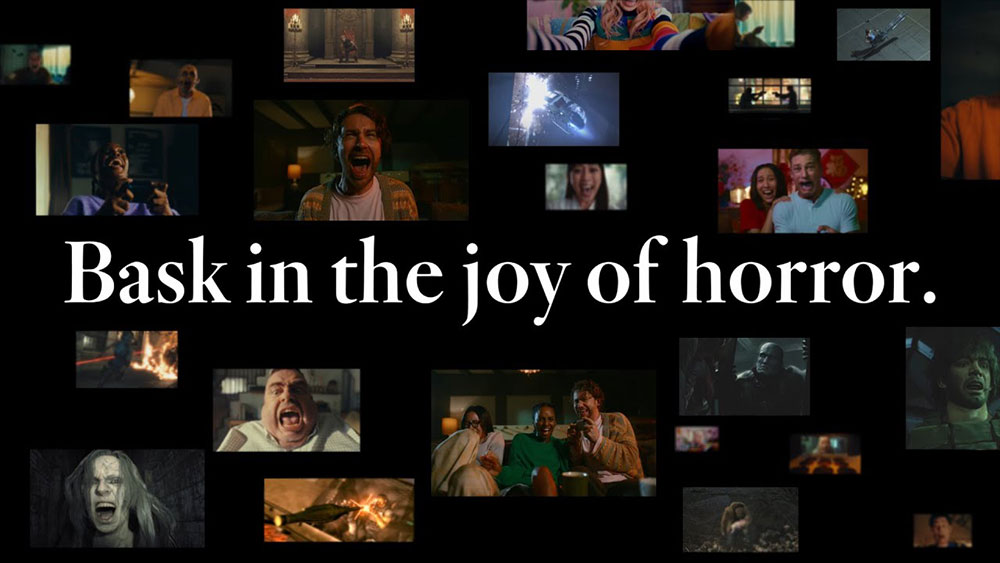
Rejoice in Terror: Behind the Scenes of the Ode to Joy (Resident Evil Ver.) Video!
Nov.20.2024 UNDER THE UMBRELLA
-

Jill Valentine: Famed Operator, Storied Survivor
Jun.07.2024 UNDER THE UMBRELLA
-
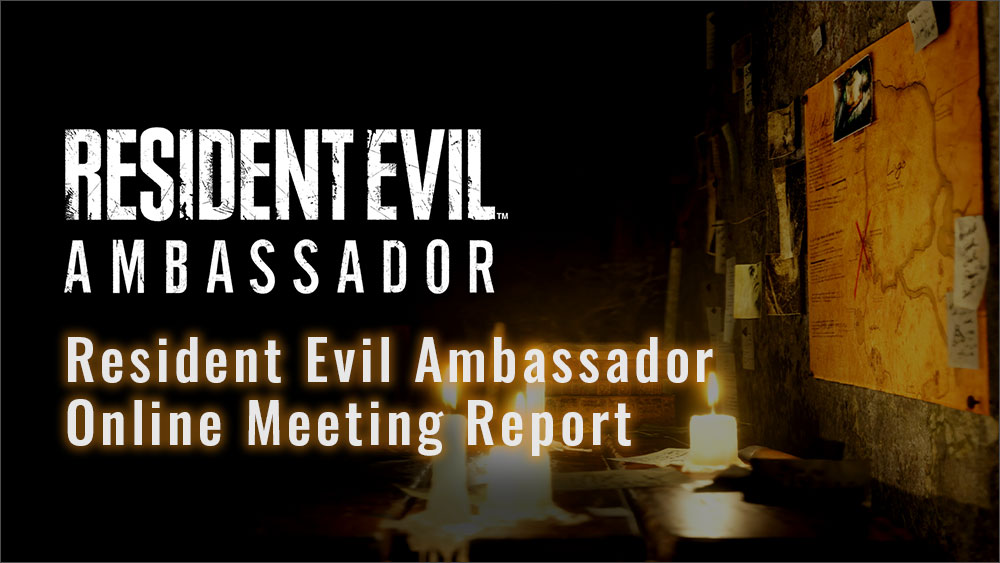
Winter 2023 Resident Evil Ambassador Online Meeting Wrap-up
Jan.31.2024 UNDER THE UMBRELLA
-

HUNK: The Fearless and Fearsome 4th Survivor
Nov.08.2023 UNDER THE UMBRELLA
NEWS
-

The Capcom 2024 Year-End Survey is currently underway! Complete the survey and receive a special digital wallpaper featuring art by Ryuta Fuse!
Dec.20.2024 Event・Campaign
-
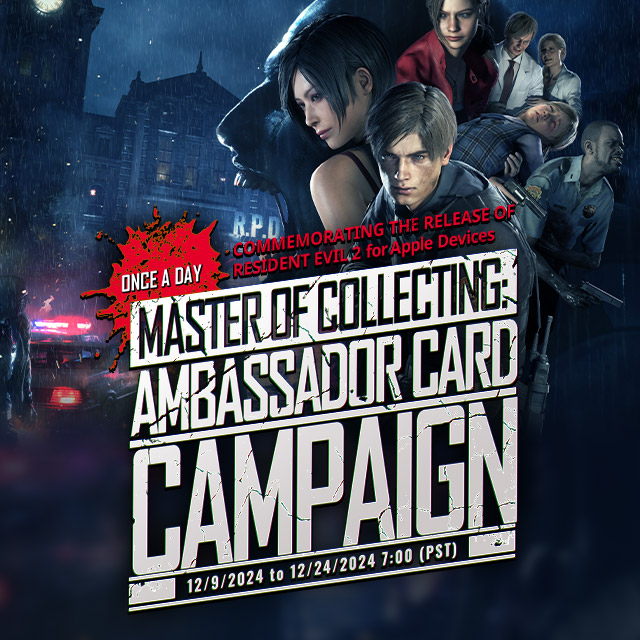
[Once a day] Aim for the full completion! Ambassador Card Campaign is ongoing!
Dec.10.2024 Ambasaddor
-
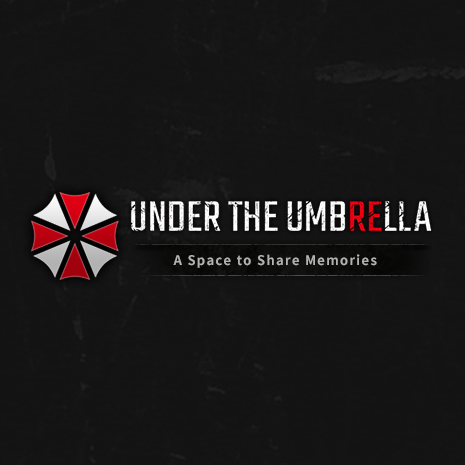
UNDER THE UMBRELLA Rejoice in Terror: Behind the Scenes of the Ode to Joy (Resident Evil Ver.) Video!
Nov.22.2024 Event・Campaign
-
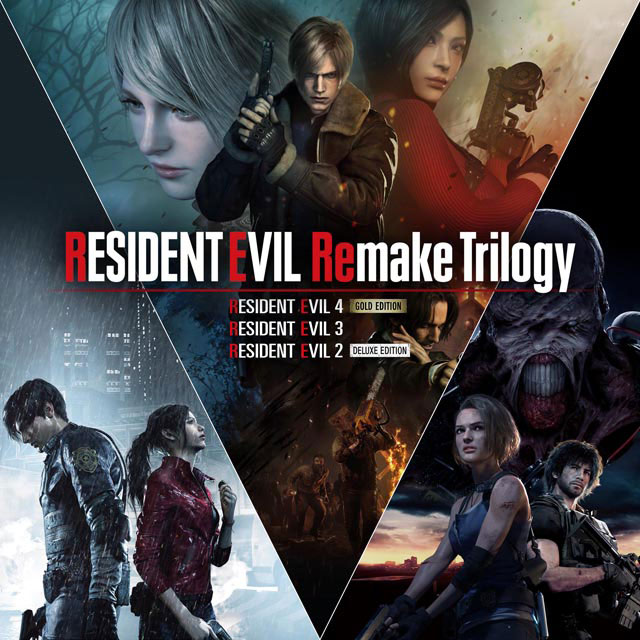
Resident Evil Remake Trilogy, a great value pack that contains three Resident Evil remake titles and additional content, is available now!
Nov.22.2024 Game




